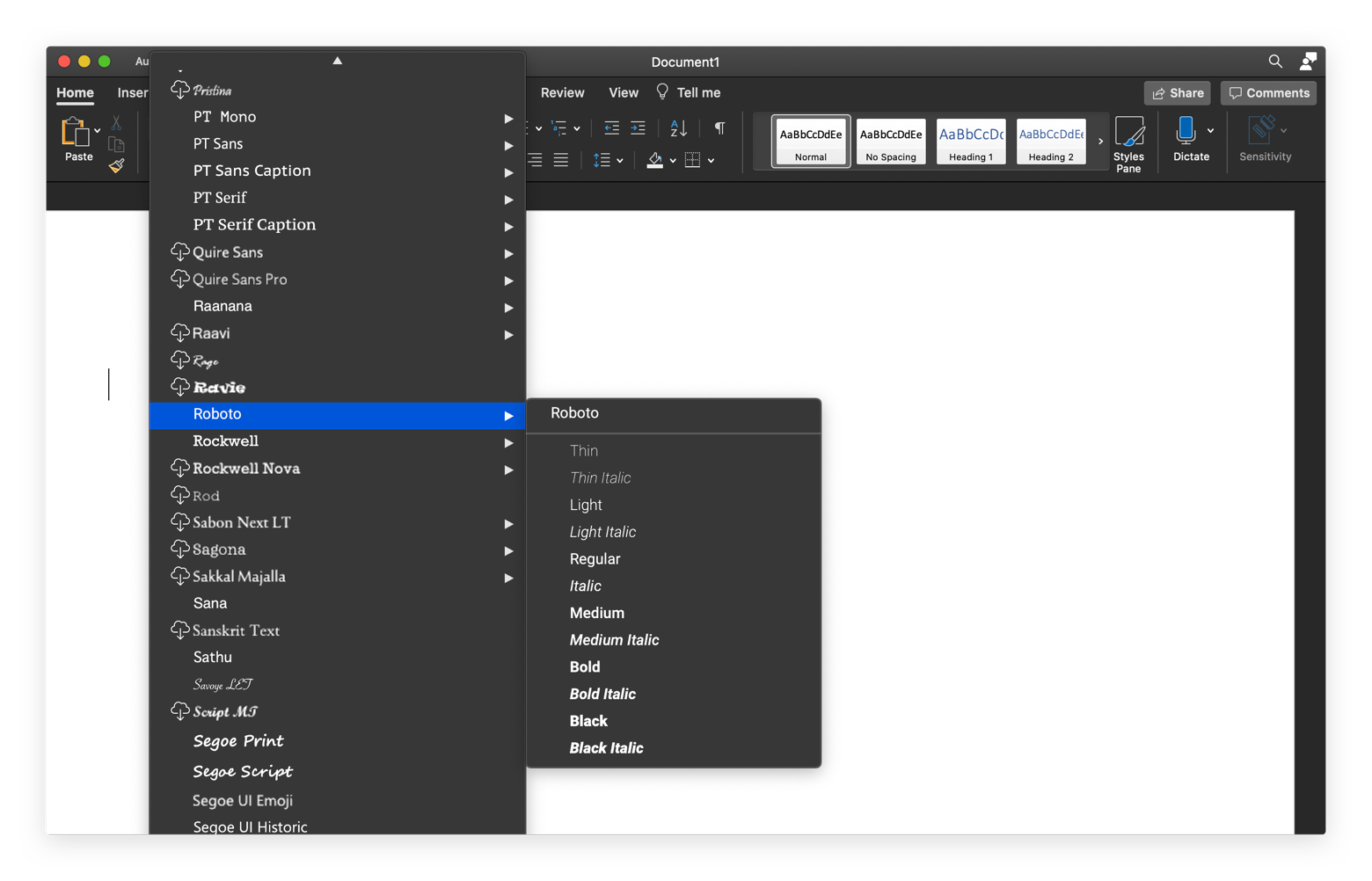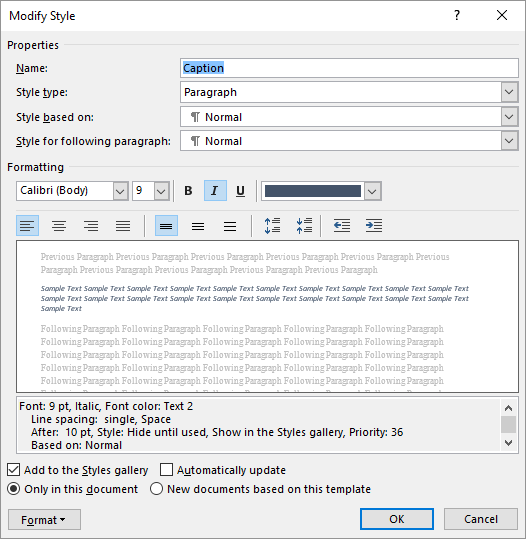

The Windows Styles pane can be opened with the keyboard shortcut: Alt+Ctrl+Shift+S. On Windows, click the subtle “ Styles” icon at the lower right of the Styles section on the Home ribbon. If you don’t see the heading level you want in the styles section of the ribbon, you can bring up a more complete list of styles. From the styles on the “ Home” ribbon, click the level of heading you want.You don’t have to highlight the text, just click once anywhere in the paragraph. Click anywhere in the block of text you want to make into a heading.You get none of those benefits if you just make text big and bold or underlined without encoding the document’s structure with heading styles. You can make a link in your document that jumps to a heading in another part of your document.You can use Word’s “Navigation” side panel to see a list of headings and jump to any part of the document by clicking its heading in the list.All the text under that heading will move with it. In outline view, it’s easy to rearrange your document just by dragging headings.You can instantly insert a table of contents for your document, complete with page numbers, all based on your headings.You can easily create consistent formatting from document to document.You will be able to change the formatting of all the headings of a given level at once.It saves a lot of time because you can apply consistent formatting to your headings throughout your document without having to choose the font, size, weight, shading, and borders each time you make a heading.Screen reader users will be able to skim the page by jumping from heading to heading.Screen reader users will be able to hear which blocks of text are headings and what level each heading occupies in the hierarchy of the page.Why Headings Matter Benefits to Students with Disabilities Don’t just make text big, bold, or underlined.
#Font substitution word for mac 2016 how to
app.appsflyer id946420218?pid= &c=description learn how to select learn how to easily change the default font in microsoft word so that it matches your preferences and any style guides that you need to follow.Create headings using Word’s styles labeled “Heading 1,” “Heading 2,” etc. new magazine about gadgets and mobile technology. 0:16 click here, if you're in a hurry! click here to support this channel: bit.ly 3h7ja6w thank you! this video shows how to simply read isecrets. learn how to change the default font so that every time you open word and start typing you have the style and size you want to begin your document. in this lesson, we'll take a look at microsoft word fonts and formating, learning how to quickly change the default font within your microsoft word documents. you will learn how to change the default font of word mac edition very easy to follow steps to get put your favorite type face as a default on word mac edition. if you always have to change the font, font size, and line spacing every time you open microsoft word in windows or mac, then this video is for you. this video will teach you how to change the default font in word 2011 for mac.

these steps are for word in today's tutorial, we will teach you how to set a default font in word 2019 for macos. plus, learn how to restore word's original default fonts. 2.under font, click the font you want to use, and then learn how to change the default font, font size, and font color in microsoft word. 1.open the template or a document based on the template whose default settings you want to change.

How to change the default font in microsoft word for mac. How To Change The Default Font In Microsoft Word For Mac here you will see the default font as “ body” (or calibri (body) and the font size as 11px. alternatively, press “control d” shortcut keys to open font settings. choose “font” option from the context menu to open font settings dialog box. Open a blank word document and right click on the content area. select default and then select yes to apply the change to all new documents based on the template. select the arrow next to font color, and then choose a color. you can also press and hold d to open the font dialog box. Open the template or a document based on the template whose default settings you want to change. open the template or a document based on the template whose default settings you want to change. for example, the default font for new blank documents is based on the normal template. Change The Default Font In Excel For Mac StaripĬhanging the default font in any template means that the font is used in every new document that is based on that template.


 0 kommentar(er)
0 kommentar(er)
